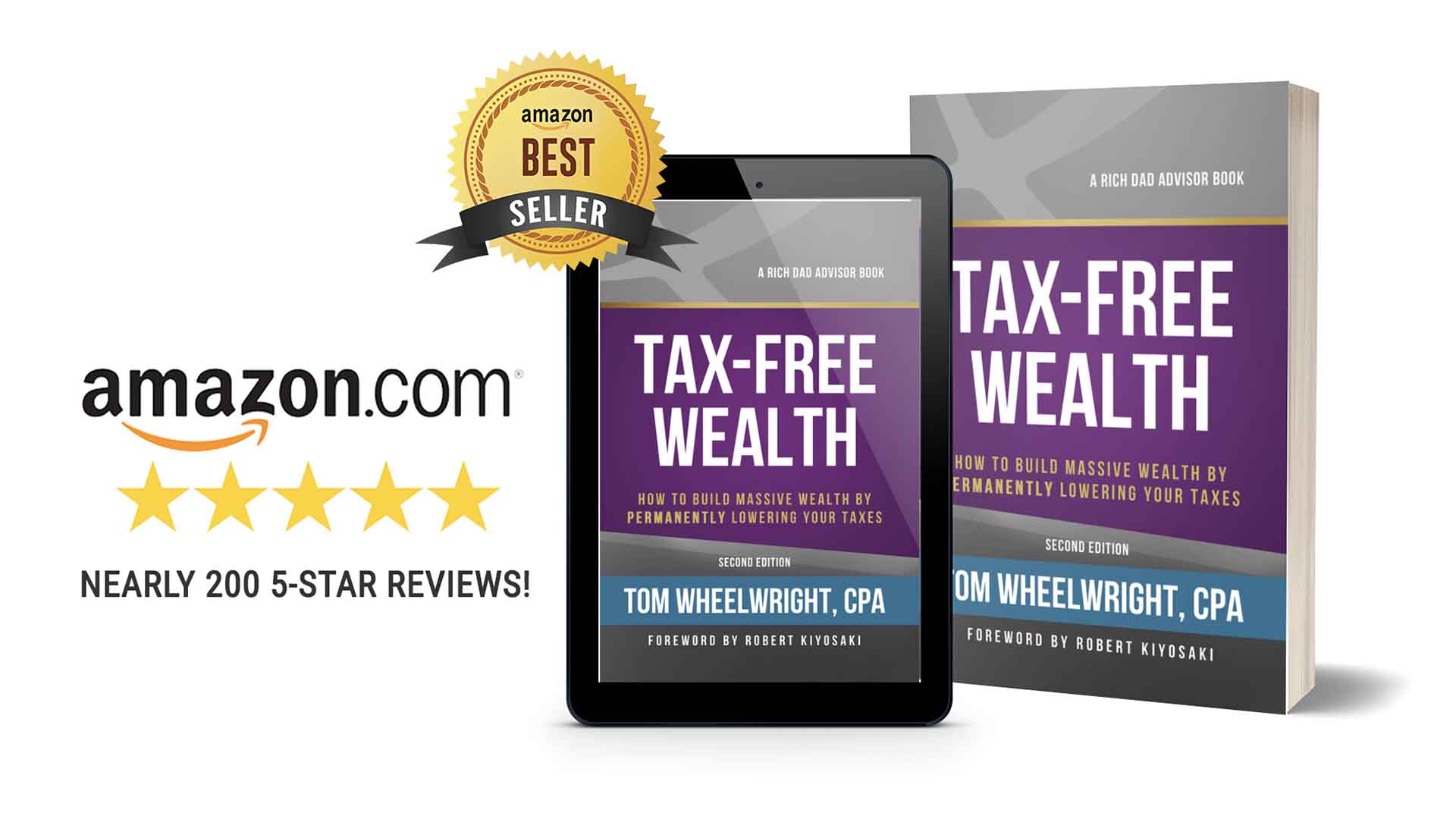A like-kind exchange, also referred to as a 1031 or Starker exchange, allows a taxpayer to defer paying tax on the sale of a property. Like-kind exchanges are wonderful and powerful tools to use in tax and wealth strategies, but ONLY when used correctly.
If like-kind exchanges are used incorrectly, the result is not just an increase in taxes, but also a slow down in the ability to build wealth. Here are the top 3 mistakes I see with like-kind exchanges.
#1 Not Following the Rules
If you have ever looked into or done a like-kind exchange, then you know there are several specific requirements that must be satisfied in order to qualify for the special tax treatment.
The rules include making sure the property being sold and the property being purchased are qualified and like-kind. There are specific time frames in which the property being purchased must be identified and purchased. Then there are rules on the values of the properties, and how much debt and cash is involved.
Do not take these rules lightly. This is one area of the law where no exceptions are made when certain rules are not followed.
#2 Using a Like-Kind Exchange When You Shouldn't
Many taxpayers automatically assume that a like-kind exchange is the best tax planning tool available when it comes to selling property. This is not always the case.
Your particular tax situation may result in better tax results if capital gain is recognized when you sell your property. For example, you may have a capital loss from prior years that can offset the capital gain from the sale of your property.
Because of these and other factors, you should carefully consider if an exchange is the best tax planning tool for you. Make sure you understand the impact of a like-kind exchange on your entire tax situation before moving forward with your exchange.
#3 Not Using a Like-Kind Exchange When You Should
I did say in #1 that the rules to qualify for a like-kind exchange are specific and can be complex. Some taxpayers shy away from doing a like-kind exchange because it seems too complicated to fit with the goals they have for their property – even if the like-kind exchange can reduce their taxes.
For example, some people find the specific timing requirements in a like-kind exchange to be too restrictive to meet so they don't even consider a like-kind exchange. Others find the titling requirements to be too difficult to get around.
There is a solution though. Once you understand the basics of a like-kind exchange, there are more advanced strategies available to better match your goals with the rules of a like-kind exchange.
The reverse exchange is a good example. Most people only think of like-kind exchanges as “forward exchanges” where you sell your old property and then buy a new property. In a reverse exchange, you can buy your new property before you sell your old property and you still get the tax benefits of a like-kind exchange.
What about the Tax Deferral?
If you have ever heard me speak on taxes, you know I am not a fan of tax deferral. I'd much rather find a way to eliminate tax than just defer it.
So why then am I a fan of like-kind exchanges which simply defer tax?
Because when done correctly, the deferral CAN become permanent and the tax IS eliminated. Making the deferral permanent involves consideration with your estate tax planning and wealth strategy, but it is possible (and not overly complicated).


